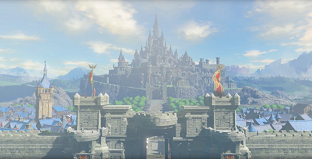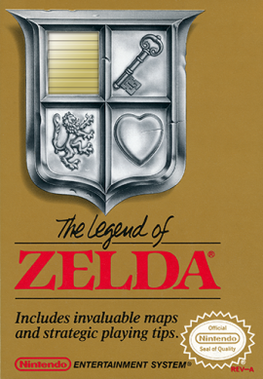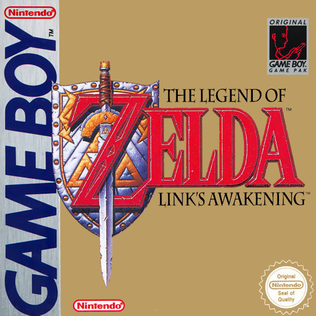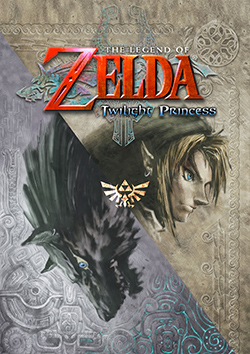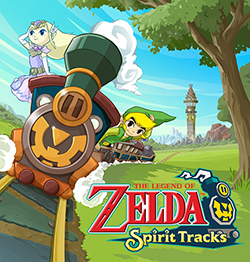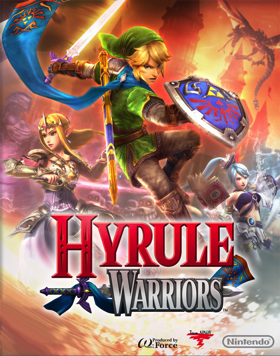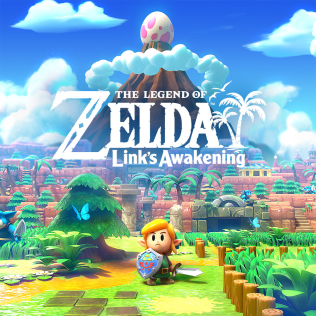Story
Miner John, who lives underground in Potcrock Isle, comes across a young girl called Sam and adopts her as his daughter. After she is granted an opportunity to attend the town's school, Sam is expelled after an altercation with some of the students over her desire to see the outside world. During this moment, she meets an identical incarnation of herself, called "Mother", who provokes her to seek the outside world. After hearing of Sam's actions, which prompted John to come rescue her, Potcrock's mayor banishes the pair, sending them away on an old passenger train dubbed "Charon". Despite their situation, the pair find the outside world to be pleasant, and soon reach a small settlement called Greenberg, which they attempt to settle within. However, while assisting a local rancher, the pair come across a high-tech factory, which Mother activates, causing it to disperse MIASMA into the area. While Greenberg is destroyed, John and Sam are saved by a mysterious woman called Isabel, who helps them leave on Charon.
Sam subsequently forgets what happened, leaving her oblivious to Greenberg's fate, as she and John find themselves taken by the train to New Dam City. Once there, the pair meet Isabel and her partner, Alva, [3] the princess of New Dam City. As Alva's "lab assistants", John and Sam help with various projects and start to find a life in the city. However, peace is not long as the MIASMA begins to approach New Dam City. Under Alva's leadership, the team evacuate the citizens to start the "Buddha Fan", the giant fan created by Alva's grandfather. The fan successfully repels the MIASMA but the city has taken damage. As the team work to restore the city, the MIASMA comes back again with only Alva manning the controls. The team manually activates the fan but with the cost of Alva. Filled with grief, Isabel takes Alva's body and seeks a way to save Alva by taking her to Ester City, a city stuck in a constant time loop - shielding its citizens from death, aging, and illness.
To follow Isabel and Alva to Ester City, John and Sam enlist William and his robot companion Daniel's help, but take a detour on a train called Monkollywood where they encounter Solomon, who hopes that the MIASMA eradicates humanity. Solomon reveals that Isabel passed Monkollywood en route to Ester City and forces them to undergo his game show, where his aims to create a new mankind are revealed.
In Ester City, time fast-forwards to Solomon's funeral. John and Sam search for Isabel and learn that she was searching for an entrance into the Eternal Tower to revive Alva. Isabel found Professor Ivan's diary, detailing that the time field, the device causing Ester City to remain in its time loop, is active and that Solomon hid a key to unlock the Eternal Tower called the Flame of Time. Isabel concludes that until she can find the Flame of Time to enter the Eternal Tower, Ester City will remain in a time loop. John and Sam find the Flame of Time and time rewinds to Solomon's funeral.
John and Sam return to the Eternal Tower with the Flame of Time and find and destroy the time field, causing time in Ester City to return to normal, revealing everything in the city, including its citizens, to be an illusion. They reenter the Eternal Tower and encounter the real Solomon, who reveals that he created the time field and aims to rebuild humanity as per Mother's instructions. After defeating him, Solomon is killed by his machine.
John and Sam reunite with William and Daniel, but Solomon's machine arrives and tries to vaporize them. Daniel is broken whilst saving the group. In the shock, Mother possesses Sam and abducts her aboard Charon. At William's encouragement, John takes the Iron Carbine and leaves Ester City to chase Charon.
John crashes into Charon and continues chasing Mother. He learns that she and Charon found a way to create the perfect humans and observed their daily lives as part of their experiment to rebuild humanity. They conducted their experiment in human factories which created, incubated, and facilitated their progress, but these attempts repeatedly proved futile, so they used the MIASMA to kill their artificial creations and resumed their experiment anew. During the experiment, Mother became dissatisfied with the results and consequently became misanthropic.
Continuing pursuing Mother, John climbs up Charon and encounters Isabel, who reveals that Alva has merged with Charon, the MIASMA will soon erase humanity, and Mother's children will soon be freed from their human factories to realize her dreams. After John defeats Isabel, Alva convinces her to stop grieving and let her die peacefully. Alva also comforts a projected Sam and tells her not to let Mother take control of her powers.
John and Sam confront an enraged Mother, bent on eradicating humanity. She tries to break Sam's resolve but fails. Sam sacrifices herself to destroy Mother for good and saves humanity from the MIASMA. She leaves John, promising that they will meet again one day.
Years later, an adolescent Sam finds an older John waiting at the station. In New Dam City, William has repaired Daniel, and they, alongside his son, plan to depart on another adventure.


